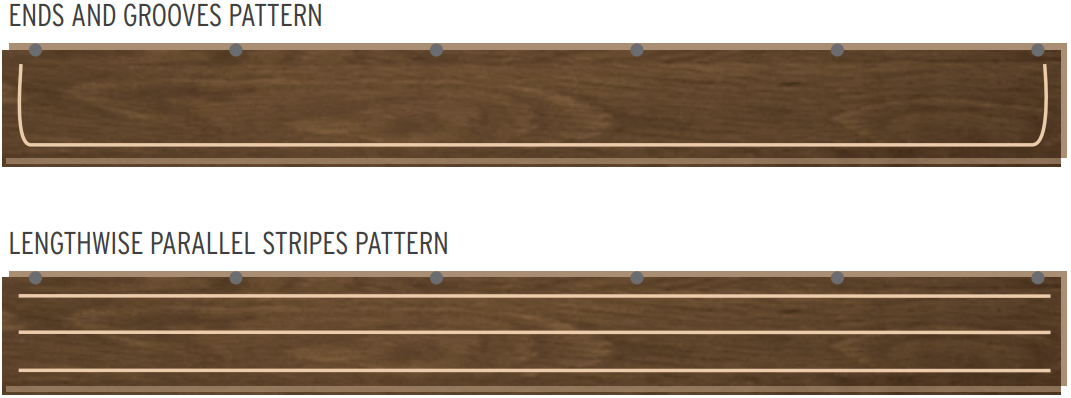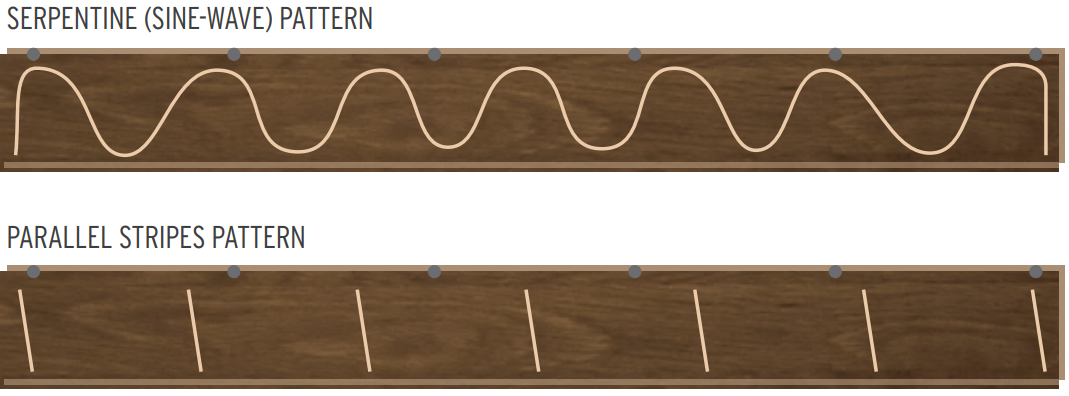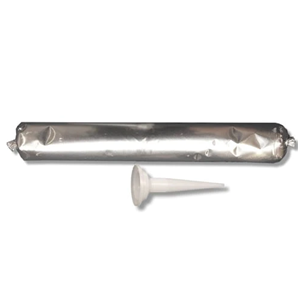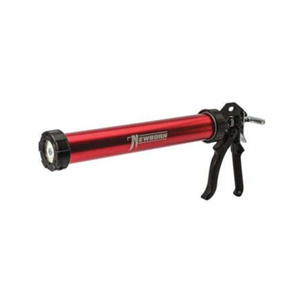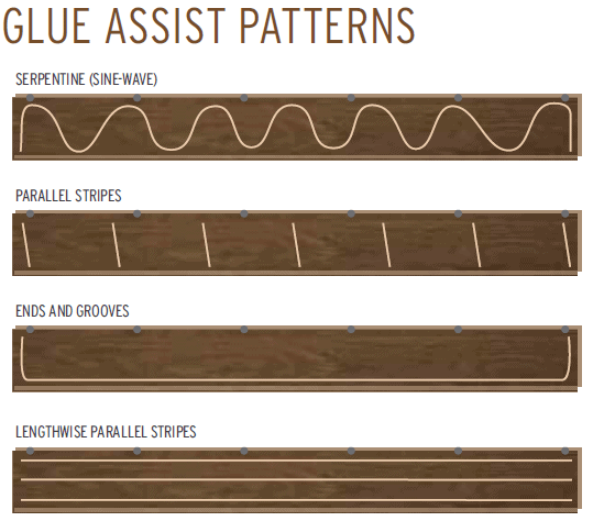
Episode 1 – Adhesive Assist with Fastener.
Hardwood flooring is manufactured in many widths and cuts to provide a multitude of design opportunities per species of hardwood. One of which is wide plank floors 4” and greater and is chosen for the beauty and presence it brings to a room. Depending on the situation, you may be installing prefinished or site finished; engineered or solid flooring to meet the design the customer is requesting.
In most situations, utilizing the correct cleat or staple may be sufficient to fasten the flooring to the subfloor. This is evident in the manufacture’s installation guidelines as they may not recommend any additional holding of the flooring in addition to their recommended fastener.
Parts of the country see more extreme temperature and humidity swings between the summer and winter months. If correct living conditions are not maintained in the home, the flooring may be stressed and you may start to see unsightly gaps, fasteners starting to work free from the subfloor and possible cracking and popping sounds as you walk across the floor (see Info Bulletin #20). The best way to minimize the possibility of this happening is to add an adhesive assist to the fastening method. From the manufactures point of view, this extra holding power may not be necessary for the country as a whole but can be added security for a successful installation on jobs where these drastic swings in the climate exist.
An adhesive assist can be achieved in two different ways. The main goal is to add additional holding power in addition to the mechanical fastener. Below is a quick description on the ways to achieve this:
Option 1
Using a hardwood flooring elastomeric tube adhesive (like these or equivalent) applied in strips onto the subfloor or the back of each board prior to nailing in each row. The NWFA lists a few common application methods. Choosing one of the methods from the below image will add additional holding power to minimize the possibility of squeaks, crackling and popping as the floor goes through seasonal changes.
When using the glue-assist method, you will no longer be able to install a traditional sheet-good vapor retarder. When nailing down wood flooring over a conditioned space that is maintained at the same conditions as the living/interior space, no vapor retarder is necessary. Wood floors installed in these conditions may be nailed with a glue-assist directly to the subfloor without use of a vapor retarder. Where wood flooring is being installed over unconditioned space, use of a liquid-applied, or similar Class II vapor retarder that is compatible with the flooring adhesive may be used to allow for a glue-assist directly to the subfloor.
IMPORTANT: When using a trigger-activated flooring nailer with the glue assisted installation method, the installer must either stand on the floor, or apply a downward pressure to the surface of each board as it is being nailed. This will ensure the flooring does not lift away from the subfloor causing unnecessary vertical movement or hollow noises.
Option 2
Using a full spread method utilizing a hardwood flooring adhesive. With this method, you would not need to use the standard adhesive trowel size that would be required to perform a full glue down application as you also have fasteners assisting the installation. A smaller notch trowel would be sufficient as long as you maintain the standard fastener schedule. This method also requires the removal of the paper vapor barrier. Your adhesive will act as the vapor retarder.
One of the above mentioned adhesive assist methods can be used on any hardwood flooring, solid or engineered and best used when the width of floor exceeds 4”. Even with the added holding power this may offer, the floor owner will still have to maintain correct temperature and humidity conditions for best performance of their floor and to maintain the manufacture’s warrantee.
Additional information can be acquired from the manufacturer’s technical department of the products used on your floor. The National Wood Floor Association (NWFA) can be an additional resource. They can be reached at 800-422-4556 or online at www.woodfloors.org.
Quick Links to the products mentioned in this episode…

